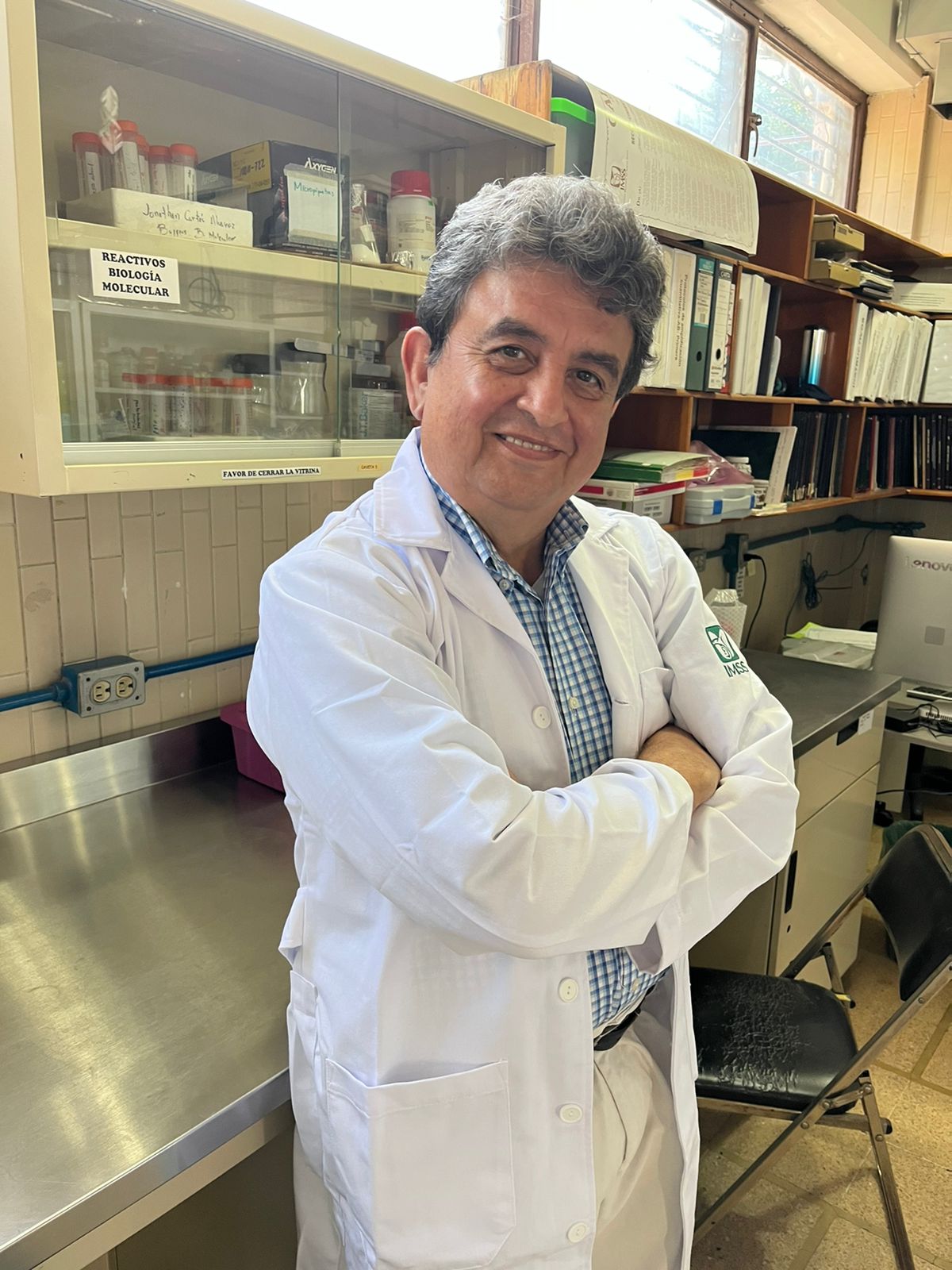
Hypertension is a disease of high prevalence and morbidity where vascular inflammation and associated oxidative stress (endothelial dysfunction) is the underlying cause of this pathology. We are reporting the antihypertensive activity of extracts and fractions of Malva parviflora in mice with chronic and acute hypertension. Also, the treatments of this plant were able to counteract the kidney inflammation and associated oxidative stress. The chronic hypertension model consisted of administration of angiotensin II (AGII) during 12 weeks, causing a sustained increase in systolic (SBP) or diastolic (DBP) pressure, with values of pharmacological constants of: ED50 = 0.038 mg/kg y Emax = 135 mmHg for SBP and ED50 = 0.046 mg/kg y Emax = 98 mmHg for DBP. The chronic hypertension caused the inflammation and lipid peroxidation in kidneys, measured by of tissue level of cytokines such as interleukin-1β (IL-1β), IL-6, Tumor Necrosis Factor-α (TNF-α), IL-10 and malondialdehyde, and treatments for M. parviflora were able to modulate these parameters. The chemical fractionation allowed to identify three compounds: oleanolic acid, tiliroside and scopoletin, which were tested in a model of acute hypertension. The pharmacodynamic parameters for SBP were ED50 = 0.01 and 0.12 mg/kg while Emax = 33.22 and 37.74 mmHg for scopoletin and tiliroside, respectively; whereas that for DBP data were ED50 = 0.01 and 0.02 mg/kg; with an Emax = 7.00 and 6.24 mmHg, in the same order. M. parviflora, is able to counteract the effect of chronic and acute administration of AGII, on hypertension, but also the inflammatory and oxidative damage in the kidney. The oleanolic acid, scopoletin and tiliroside are the compounds responsible for such activities.








